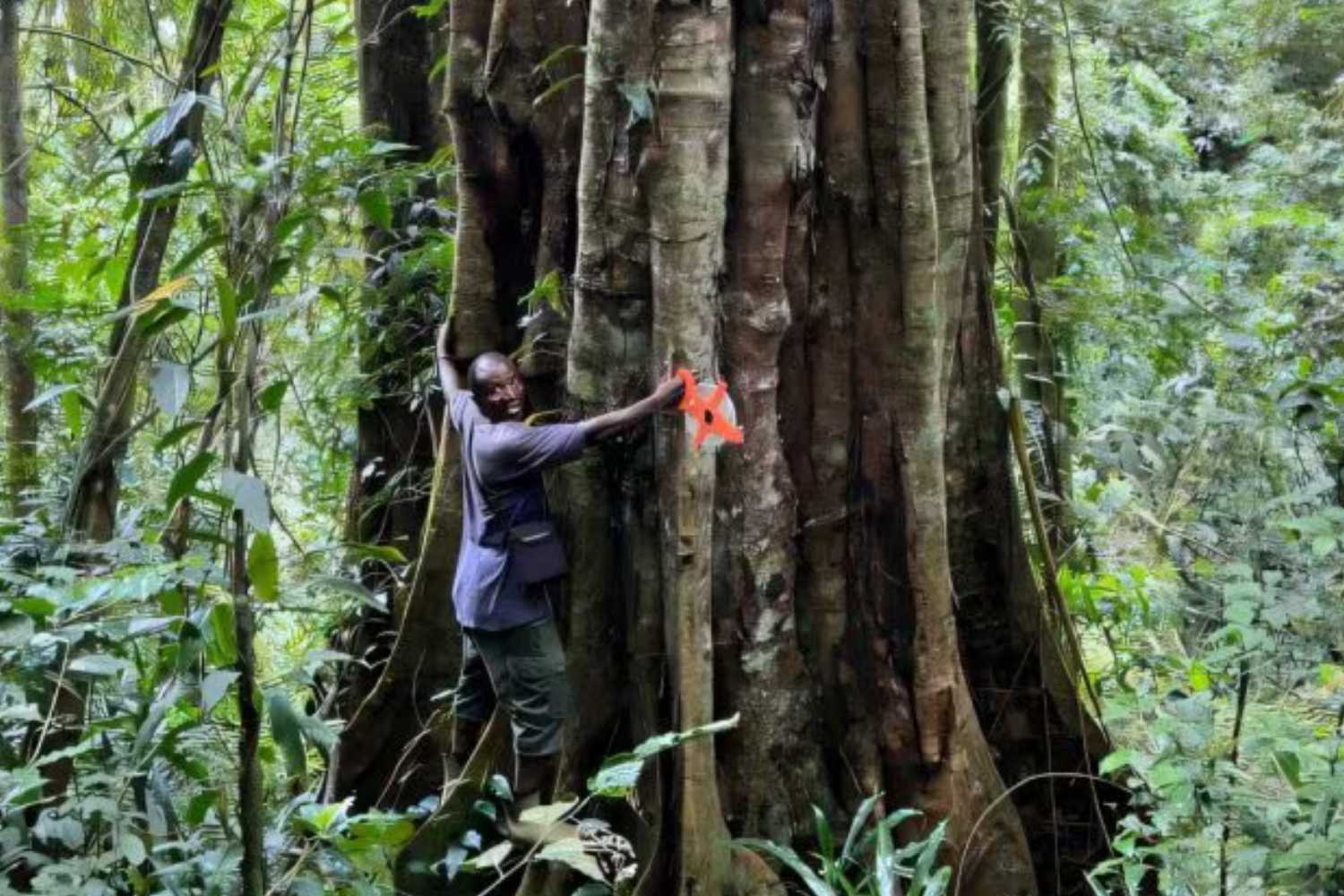The new tree discovered in Tanzania by an Italian team is called Tessmannia princeps. Gigantic and long-lived, it can reach 130 feet in height and live for up to 3,000 years. Here are all the details of the discovery.

andrea bianchi @phytotaxa.mapress.com
In the lush heart of Tanzania’s Udzungwa Mountains, cloaked in the dense mist of the rainforest, a team of scientists has made an extraordinary discovery: a new species of tree, both majestic and ancient. Its name is Tessmannia princeps, and it comes with record-breaking features: it can grow up to 130 feet tall and live as long as 3,000 years. One of those silent giants that watches time pass slowly, century after century.
The name is no coincidence. The genus Tessmannia honors German-Brazilian botanist Günther Tessmann, while princeps, Latin for “eminent,” reflects its towering presence—a sovereign of the forest, unmatched in height and stature.
A journey with an epic flavor
It all began in 2019, when an international research team—with a strong Italian component—embarked on a biodiversity-rich expedition into one of the world’s most ecologically vibrant areas. Among the researchers were experts from MUSE – the Science Museum of Trento – led by Dr. Andrea Bianchi, working closely with colleagues from African and global institutions.
While navigating the thick canopy, the team encountered a colossal tree with unusual features. Though it bore some resemblance to Tessmannia densiflora, it had key differences—enough to mark it as a previously unknown titan of nature.
A slow-growing giant
Botanists examining the tree uncovered several fascinating traits. Unlike Tessmannia densiflora, which tops out at around 82 feet, Tessmannia princeps can exceed 130 feet. It features a straight, cylindrical trunk, branchless for the first 66 feet, with a maximum diameter of nearly 9 feet.
The most astonishing trait of all? Its extreme longevity. The tree grows just 0.4 inches in girth every 15 years, which suggests the largest specimens could be close to 3,000 years old.
While humans were building empires and launching revolutions, these trees were already there—quietly observing the world evolve.
How was the discovery made?
To measure Tessmannia princeps, researchers had to climb it using ropes and harnesses, employing tools like rangefinders and drones to capture aerial views. Samples of leaves, flowers, and bark were collected for laboratory analysis.
The differences from known species went beyond size: the flowers are white, not red, and both sepals and petals are smaller than those of its relatives.
And here’s a truly curious detail: the petals have tiny yellow bulbs on their tips, a distinctive feature that helped botanists identify it as an entirely new species.
A natural treasure worth protecting
The discovery of Tessmannia princeps is a major win for science—but it also highlights an urgent concern: conservation. These ancient trees are located within a protected area, but their numbers are critically low: just over a hundred individuals have been identified.
Due to their extremely slow growth, they are especially vulnerable to climate change and human interference. That’s why the researchers are calling for the species to be listed as “Vulnerable” on the IUCN Red List—a crucial step that could ensure these majestic trees are safeguarded for thousands more years to come.
